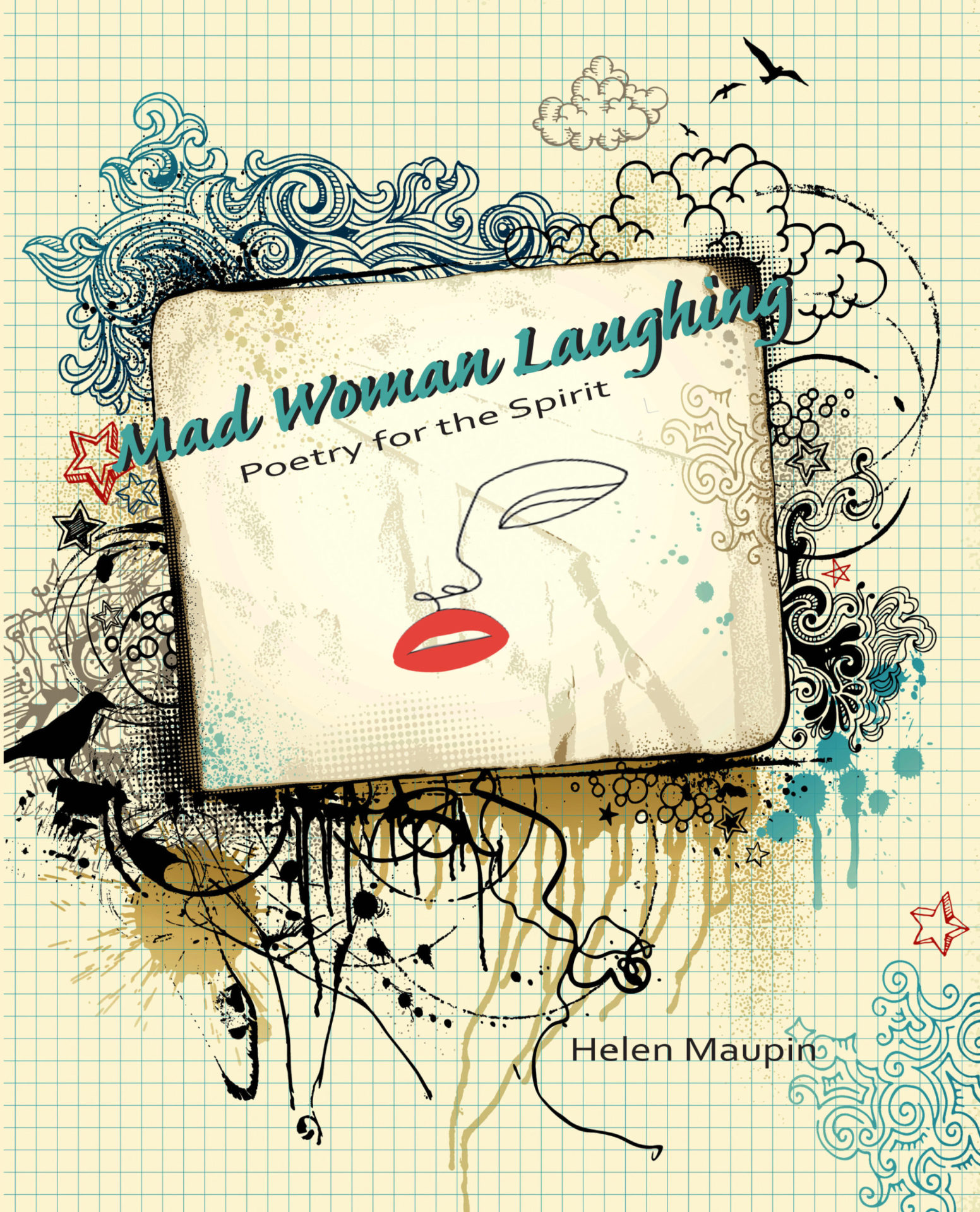In these days of “hurry up to catch up”, taking the time to treat ourselves with physical and mental relaxation and deep rest is often overlooked. The common excuse given for not embracing the healing benefits of daily relaxation is “I don’t have time.” When did we become a society that dictates doing over being?! And how can we continue to rationalize (tell rational lies) about the epidemic proportions of anxiety and depression, which are a direct result of our inability to create deep ease within?
I just completed a yoga workshop in which participants used their symptoms of distress (anxiety) and despair (depression) to diagnose their emotional type. Yogi and clinical psychologist, Bo Forbes, writes that the intimate connection between body and mind necessitates categorizing symptoms of anxiety and depression as physical and mental. This classification gives rise to the following four types of emotional imbalance:
- Anxious body/anxious mind
- Depressed body/depressed mind
- Depressed body/anxious mind
- Anxious body/depressed mind
Although none of us wants to admit that anxiety and depression are familiar experiences, in all likelihood, we have experienced one or both. Either embarrassment or fear can prohibit accepting this truth. Sadly, denial of these conditions also prohibits the opportunity to heal our distress and despair and to cultivate emotional balance.
Interestingly, both anxiety and depression disguise and yet lead us to the deeper meaning we seek in our lives. Becoming aware of the physical holding patterns we default to when under stress reveals our emotional patterns. For instance, the “brake-gas” repetitive movement of a vehicle driver can result in a permanent holding or gripping of the muscles in the right leg. This constant readiness for action (fight or flight), fatigues our body and our nervous system. Instead of using our fight-flight response for matters of life or death (as it is intended), we use it 24/7.
This is where deep ease is needed. In order to still the body and mind of their angst, we must first learn to “do nothing” and just “be in the moment” with an awareness of our inner experience. Yogis use an asana practice called Restorative Yoga to release physical and mental health symptoms of dis-ease. Through deep relaxation, breath regulation and meditation, layer-by-layer, our holding patterns are peeled back until we come face-to-face with our true self, our authenticity.
This is much the same process I use to write poetry. As the layers of dis-ease are penetrated, deep ease rises up as one’s innate foundational core. The poem below, from my latest poetry book, is my own experience of deep ease rising.
Deep Ease
When a corner is turned, a new landing point emerges.
Expectations and illusions give way to accepting what is,
and leaps of impulse morph into leaps of faith.
Clear thinking arises as desires, hopes and dreams
fade away. When the outside matches the inside,
presence is deeply felt and authentically lived.
Deep ease births from its still resting place
while joy wells up spilling forth
curiosity, willingness and insight.
If you enjoy poetry for your spirit, you will find even more inspiration, hot off the press, in Mad Woman Laughing.





